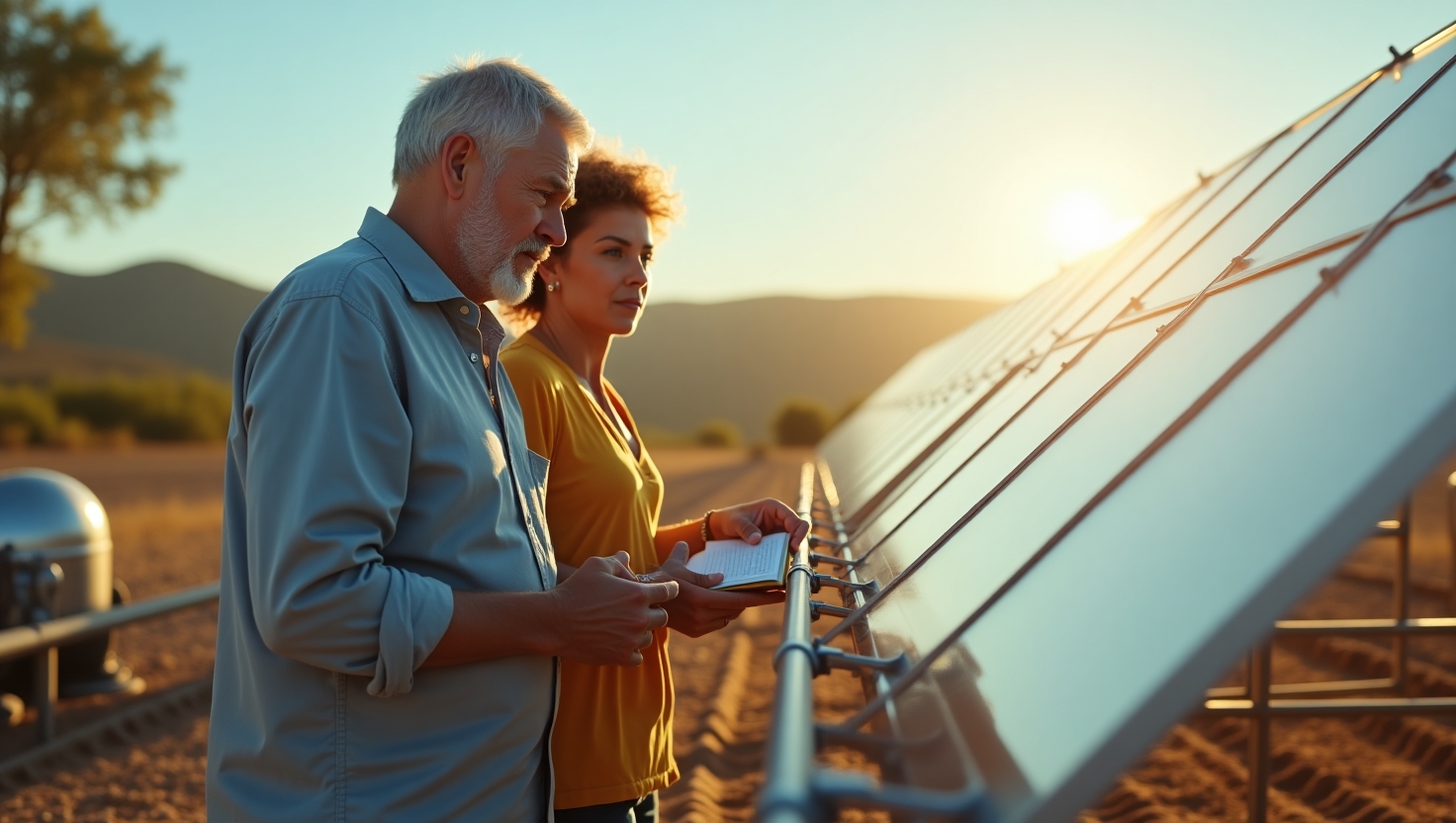Stagnant Water Cooling Boosts Solar Energy Efficiency by 28%: A Passive Solution for 21st Century Power
The Solar Energy Chill: Why Rising Temperatures Threaten Renewable Progress
Energy production from solar panels drops as heat builds up. Every 1°C rise reduces efficiency by 0.4-0.5%, cutting output during peak sunlight hours. This creates a paradox where solar energy thrives in hot conditions but suffers self-limiting losses. Passive cooling methods offer a fix, enabling scalable renewable energy without added power demands.
Research Breakthrough: Immersion Cooling’s Water Source Comparison
Energy gains soar with innovative immersion cooling tested by researchers. The Indian Institute of Petroleum and Energy (IIPE) collaborated with Andhra University and others to compare seawater, tap water, and desalinated water. Desalinated water cooled panels by 8.2°C, boosting photovoltaic efficiency with a 28.3% energy output increase PV Magazine Australia.
Key findings highlight water conservation trade-offs. Seawater used 97mL per kWh generated, versus 68mL for desalinated and 106mL for tap water. Economically, seawater cut costs but raised salt deposition risks, yielding 44.2% higher CO₂ mitigation.
Why is desalinated water best but seawater preferred economically? Desalinated offers top photovoltaic efficiency, yet seawater minimizes expenses. As researchers note, \”‘For every additional watt-hour of energy generated… seawater minimized costs yet demands conservation considerations’\” PV Magazine Australia.
The Unsung Hero of Solar Retrofits: Why Stagnant Water Layers Are Game-Changers
Energy efficiency improves dramatically with passive cooling via stagnant water layers. This method uses zero moving parts and no extra energy input. Panels stay cooler naturally, enhancing photovoltaic efficiency in hot climates.
Seawater immersion proved cheapest, slashing electricity generation costs by 15%. A 20-year study showed 30% longer module lifespan despite salt risks. It’s ideal for coastal desalination plants, balancing water conservation with gains.
Visualize water use:
- Seawater: 97mL/kWh
- Desalinated: 68mL/kWh
- Tap water: 106mL/kWh
Scaling to Reality: Water Conservation’s Double-Edged Sword in Energy Revolution
Energy systems must weigh passive cooling benefits against water use. Predictive models show seawater setups yielding 5-10 year ROI through efficiency gains. CO₂ reductions offset consumption, but sustainability demands careful planning.
Environmental trade-offs include:
- Higher water needs for tap water
- Salt issues with seawater
- Processing costs for desalinated
| Water Source | Energy Gain | Cost Efficiency | #1 Sustainability Factor |
|————–|————-|—————–|————————–|
| Seawater | 28% | ★★★★☆ | CO₂ mitigation |
| Desalinated | 28.3% | ★★★☆☆ | Raw material removal |
| Tap Water | 28% | ★★☆☆☆ | Infrastructure |
Your Solar Upgrade Guide: Transforming Research into Action
Empower your energy strategy with these steps:
- Download the full study: PV Magazine Australia Article
- Join webinar: \”Integrating Passive Cooling in Solar Installations\”
- Resource toolkit: Checklist for retrofitting existing arrays
Transform stagnant water into energy gold.
